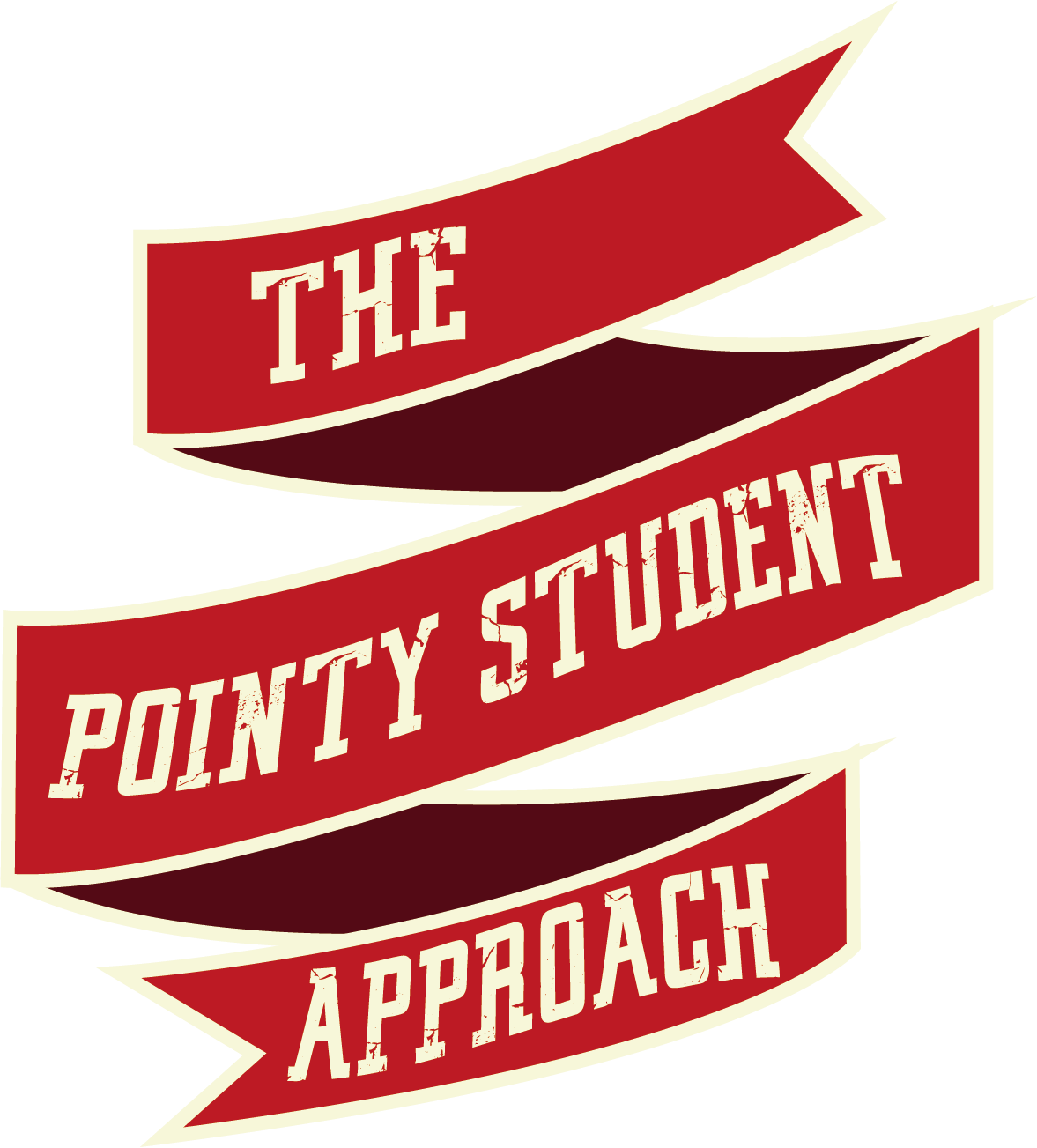
By Bryan Ide
Education Director and Co-Founder
KEY Education
Perhaps you’ve heard of the term “well-rounded.” Maybe a school principal has mentioned that his school aims to create well-rounded students. Or perhaps you’ve heard parents comment that they’re hoping that their child is well-rounded enough to get into a top university or private school. Whatever the case, I want you to forget about this overused term. For younger children between preschool age and Grade 7, being well-rounded may be relevant as they are still in the exploratory phase of their interests. However, in high school and beyond, instead of being well-rounded, students should be pointy.
Why pointy?
Imagine that in front of you is a basket of baseballs. They’re all the same size, shape, and feel. Each baseball is solid and of good quality, but, at the same time nothing really distinguishes one from the other. In other words, none of them stands out. Now, imagine that this basket of baseballs is a representation of an applicant pool to a highly competitive university or independent school. See the problem? Each applicant may be well-rounded, which means he or she has a mix of activities including academics, athletics, the arts, extracurricular activities, and leadership or community service. The problem with being well-rounded is that if all students are well-rounded, then they risk being similar to each other. Schools want a diverse student body, not students who look the same or do the same types of activities.
I encourage my students to be what I call “Pointy,” that is to focus on their unique talents and passions that will make them stand out from others, especially when they’re in a competitive pool. Being pointy allows a student to discover what makes him or her special and what gets him or her energized and inspired. Also, being pointy allows a student to distinguish himself or herself while developing a compelling personal profile of interests, activities, community involvement, leadership, and character development.
What does a pointy student look like?
There isn’t a cookie cutter approach to developing one’s pointiness. I consistently get asked by parents and students for suggestions on activities and interests that would make one pointy. My response each time is that it’s not my place to simply pick an activity for a student. Rather, what I encourage families to think about is what excites their child. There’s no need to pick out a sport, art, musical instrument, and volunteer activity. Instead, students should build out their suite of activities around their individual interests.
When it comes to community service or volunteering, for example, I recommend that students don’t simply volunteer for the sake of volunteering. Rather, they should contribute to other people or to their communities by extending their passions, interests, or abilities. For example, one of my students approached me asking if I thought it was wise for her to volunteer at a local hospital. My first thought was that I couldn’t recall her ever expressing an interest in healthcare or medicine. What I did know was that she was a competitive horseback rider and that she loved children. I suggested that she combine these two loves. With some quick research, we found her a charity that uses horses as therapeutic treatment for children with developmental and behavioural disorders. In the end, she effectively used her talent for horseback riding to the benefit of a group - children - that interested her. Not only am I proud of the concerted effort she made to help these children, but also because she was able to gain admission to her Early Decision college, Carnegie Mellon University.
You will notice that a pointy student isn’t less involved than a well-rounded one. Rather, he or she will focus on fewer activities but will engage more deeply in those and related activities. Pointy students will extend their core passions - astronomy, human rights, looking after children, women’s empowerment, just to name a few examples - to other facets of their life.
How to develop your pointiness
One analogy that I use with my students is that well-rounded students are a mile wide and an inch deep. They do a little bit of this and little bit of that, but really there isn’t too much depth to their various activities or profile. As well, more often than not, their list - in some cases really long list - of activities is simply that, just a list. There doesn’t appear to be a rhyme or reason that connects the activities together in a compelling narrative. Pointy students, on the other hand, are an inch wide, but a mile deep. They focus only on a few things but do those really well.
Rather than be tempted to dive into so many different activities, first, take a step back and think about what your core passions are. What gets you excited? What motivates you to want to learn more about the particular topic or area of interest? About what can you not stop thinking? Then, think about different ways in which you can get involved with your passion, whether it be a school club, external organization, events, concurrent studies at a community college or university, or even by starting something yourself! Whatever you choose, your list of activities should have a cohesiveness to it. In other words, there should be some logical connection between most of your activities.
Let’s take one of my students as an example. A wonderfully bright student, she has a passion for nutrition, healthy eating, organic food and agriculture, food security, and sustainability. Some of her various activities included serving on a municipal advisory committee dealing with food policy, volunteering for an organic farm, volunteering at a farmers’ market, and even founding her own student-led company that turns unused apples from their school cafeteria into dehydrated apple chips, a healthy snack whose profits are given back to the school. Notice how her activities are relevant to her passions. And while she was admitted to the top undergraduate food science and nutrition program in the US, Cornell University, she has decided to pursue her studies at Brown University.
Well-rounded classes of pointy students
The misconception is that universities and competitive independent schools are looking for well-rounded students. Instead, in order to create the most dynamic and engaging learning environment, schools aim to create a well-rounded class out of pointy students. An analogy that I share with my students is the buffet vs the fine dining three-course meal. When you go to a buffet, generally the idea is to sample a little bit of everything. The food might be all wonderful, but realistically, you only get a brief taste. Universities aren’t looking for the “buffet” student. Rather, they want the three-course meal student. A diner may only get an appetizer, entree, and dessert, but the depth and complexity of each course can truly demonstrate the chef’s skill.
As you develop your pointiness, it’s important to constantly ask yourself if each activity you’re doing add to your compelling narrative and is directly related to your passions. If you find yourself looking at your list and not being able to see many connections between those activities, then you’re probably on the more well-rounded side. Hopefully, though, you’ll now know how to transform your shape by growing your various points.


